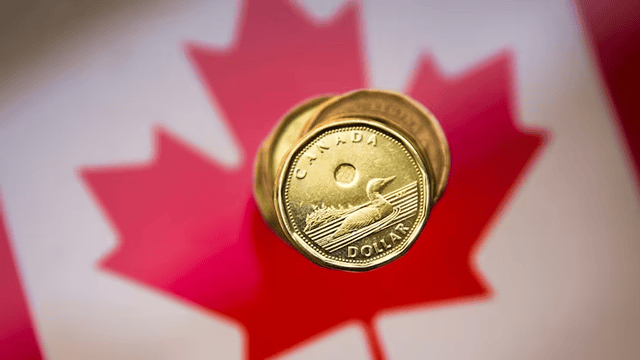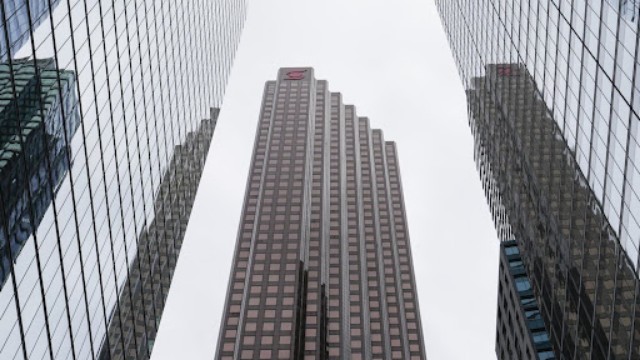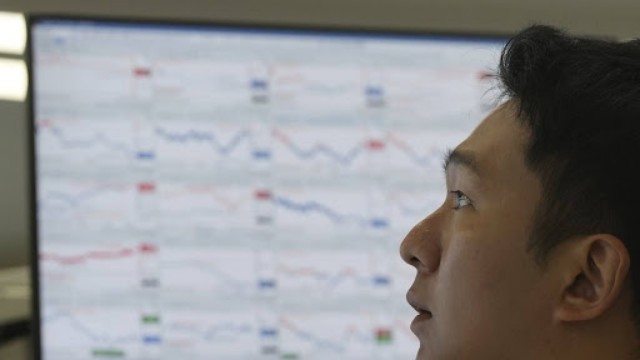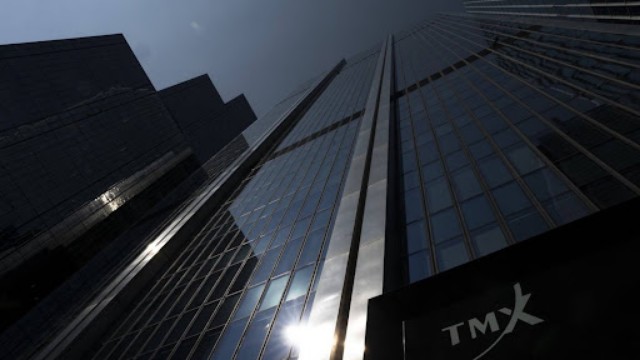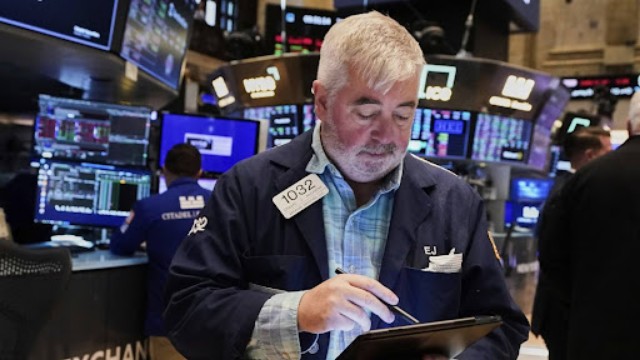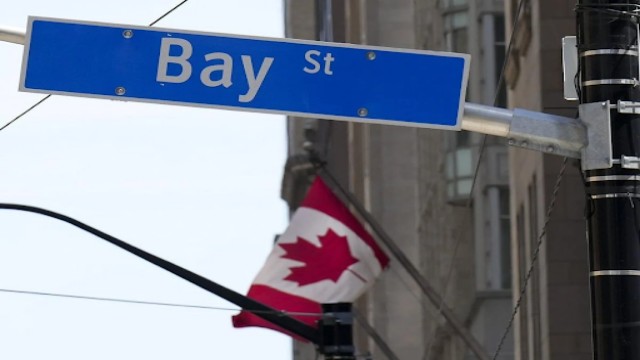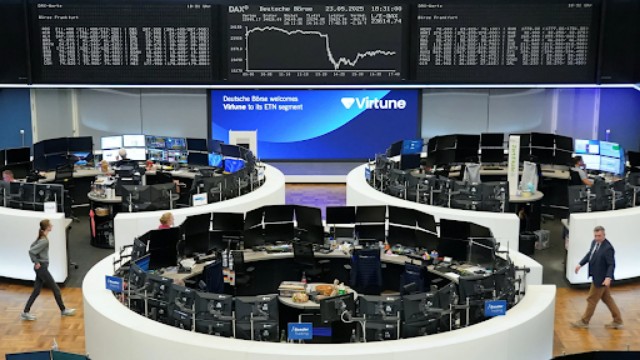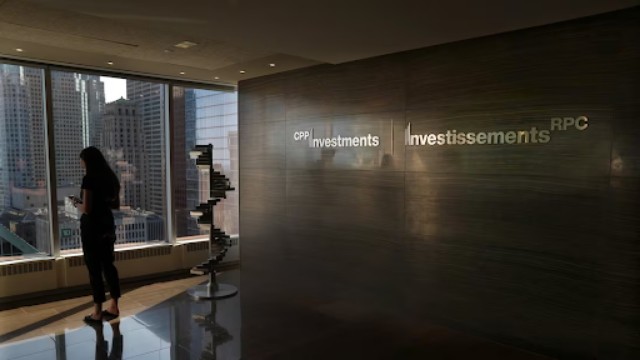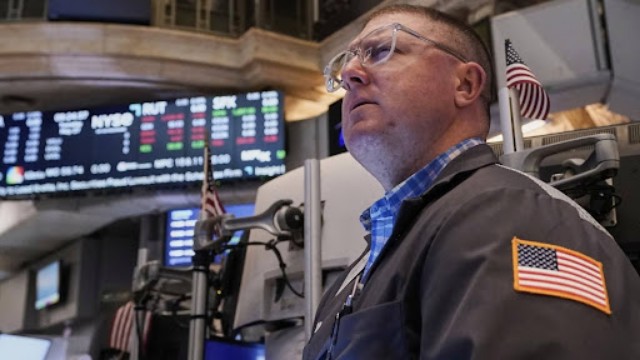
Ryan Falvey, a trader, is seen at work on the floor of the New York Stock Exchange on Tuesday, May 27, 2025. The photo was taken by Richard Drew for the Associated Press.
A worldwide stock rally that started strong in Asia lost momentum on Thursday as investors grew uncertain about the future of former President Donald Trump’s tariffs. The excitement fizzled out by the time trading reached Europe and the U.S., despite initial gains triggered by a U.S. court ruling that challenged some of Trump’s import taxes.
The S&P 500 ended the day up by 0.4%, having given back a good portion of its early rise. The Dow Jones climbed 117 points, or 0.3%, and the Nasdaq also ticked up 0.4%. Though still positive, these gains paled compared to the nearly 2% jump seen earlier in Japan and South Korea.
The market rally began after the U.S. Court of International Trade ruled late Wednesday that Trump’s use of the 1977 International Emergency Economic Powers Act did not allow him to impose many of the tariffs he had introduced. Initially, this news lifted investor spirits, with hopes that these trade restrictions—blamed for pushing prices higher and slowing global growth—might be rolled back.
However, the optimism quickly cooled. The White House is appealing the decision, and the current tariffs remain in place during the legal battle. Moreover, the court’s ruling only applies to some of the tariffs. Others, such as those on steel, aluminum, and automobiles, remain untouched as they were enacted under a different law.
Experts pointed out that Trump still has the tools to introduce new trade barriers. Ulrike Hoffmann-Burchardi of UBS noted that the former president could still bring in broad tariffs through other legal routes if he returns to power.
As a result, markets cooled once the reality of this uncertainty set in. The initial spike in Asia gave way to more cautious trading in Europe and the U.S. Despite that, analysts said the court ruling still eased investor concerns slightly.
Brian Jacobsen of Annex Wealth Management remarked that, although uncertainty lingers, it’s now of a less harmful kind than when Trump first announced his sweeping global tariffs in early April.
Despite the lukewarm mood, Wall Street found some bright spots—particularly in technology. Nvidia led the charge with a 3.2% rise after reporting better-than-expected results for both revenue and profit. The chipmaker, a key player in the booming artificial intelligence sector, had a major influence on the S&P 500’s gain.
Another strong performer was C3.ai, which surged 20.8% following a solid earnings report and news that the U.S. Air Force expanded its contract to a potential $450 million. E.l.f. Beauty soared 23.6% after revealing it would acquire Hailey Bieber’s Rhode skincare brand for $1 billion. Bieber will remain involved in the business as its creative and innovation head.
These gains helped offset losses from Best Buy, which dropped 7.3%. Although the electronics retailer posted stronger profits than expected, it fell short on revenue and lowered its annual outlook, citing ongoing tariff concerns and sluggish consumer spending.
In bond markets, Treasury yields dipped as fresh economic data painted a mixed picture. One report showed the economy may not have shrunk as much as thought earlier this year. However, jobless claims slightly exceeded expectations, suggesting a fragile labour market.
The yield on the 10-year Treasury note slid to 4.43% from 4.47%.
Global markets mirrored this cautious tone. While Japan’s Nikkei 225 surged 1.9%, and markets in Hong Kong and South Korea followed suit, Europe saw only modest changes. France’s CAC 40 and Germany’s DAX shifted from early gains to slight losses.
As of the close:
- S&P 500 rose 23.62 points to 5,912.17
- Dow Jones gained 117.03 points to 42,215.73
- Nasdaq increased 74.93 points to 19,175.87



